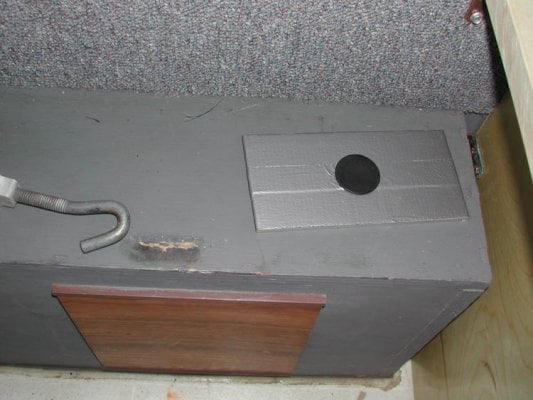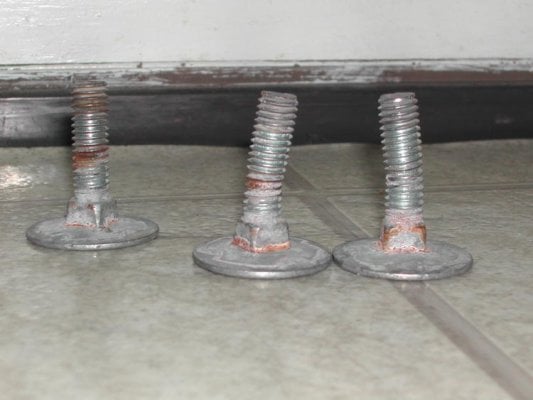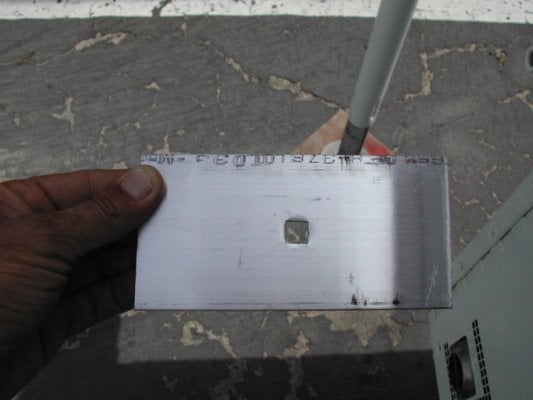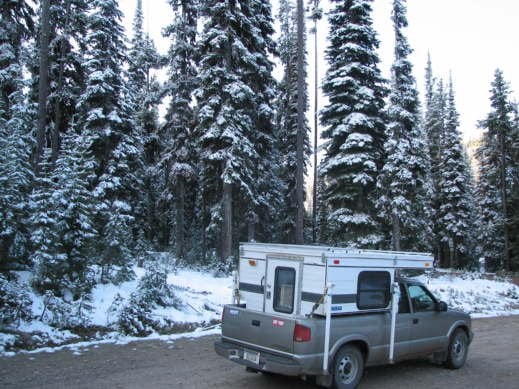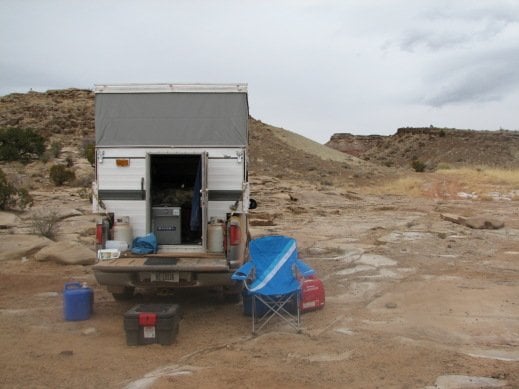Tomas Tierra
Contributors
When we returned from our last trip in the camper I noticed the eye bolts coming from the camper were bent off just a bit. Fearing I had damaged the camper, I took one off to have a look....Well I ended up replacing the three "leveler bolts" I could get to (fourth is under the cabinets) and backing them up with some alluminum plates I got from Stan..
One off the bolts I took off was Half sheered!!! The one on the left, you can barely see the black lines on the first and third threads...
I have no idea if these bolts failed on this trip, or have been that way since I bought the camper....
Anyways, Check em boys..It would suck to break one of these on a trip..
TT
One off the bolts I took off was Half sheered!!! The one on the left, you can barely see the black lines on the first and third threads...
I have no idea if these bolts failed on this trip, or have been that way since I bought the camper....
Anyways, Check em boys..It would suck to break one of these on a trip..
TT

